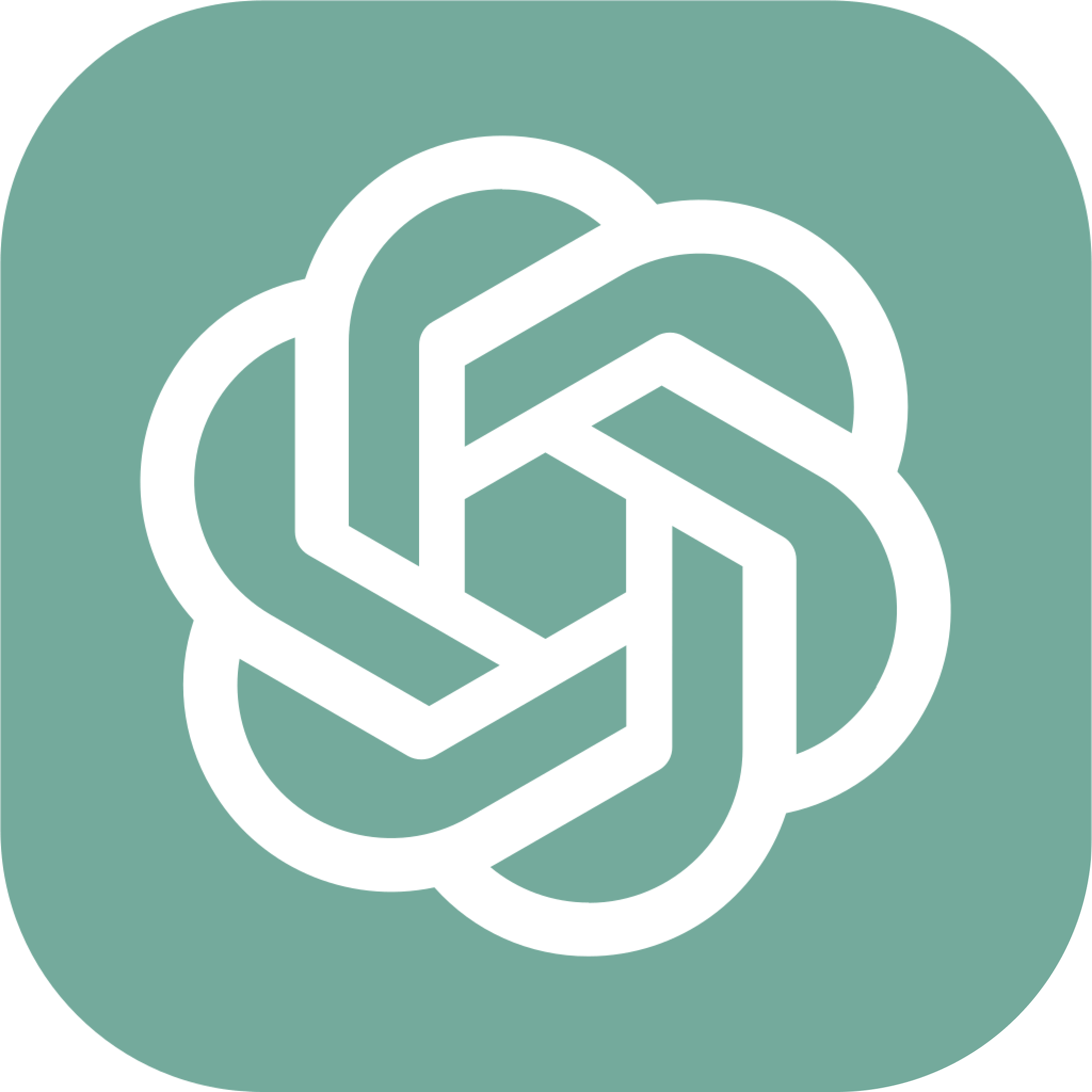Table of Contents
The modern workplace has undergone significant changes with the integration of technology, hybrid work, and the overall shift in mindset in employers and employees alike.
L&D professionals have found themselves in the middle of an unrelenting, continuous battle: to equip employees with the skills they need, as the dynamic roles that dominate the workplace command.
Skills training ranges from technical, on-the-job skills to soft skills, like leadership or communication, with all the more emphasis being placed on the latter. Whether technical or soft skills, you’ve surely got a tall order in your hands.
As the standards in employee learning & development continue to rise, so do (thankfully!) technology and AI. With the emergence of advanced language models, like ChatGPT, a new frontier has opened up to revolutionize your approach to content creation and hands-on skills training.
In this article, we unveil a treasure trove of invaluable tips and ready-to-use ChatGPT prompt examples to help you build online courses that exceed your client’s expectations.
Table of contents
ChatGPT is an advanced language model designed to generate human-like text responses based on the given input. It has been trained on a diverse range of internet data and has the ability to understand and respond to a wide array of topics and prompts.
ChatGPT’s vast knowledge base enables it to respond to a wide array of topics and prompts. This versatility makes it an ideal tool for delivering comprehensive training content suitable for any industry.
Whether it’s technical training for MedTech, compliance training, or soft skills development, L&D professionals can leverage ChatGPT to provide learners with accurate and relevant information.
As an L&D professional, you can leverage this technology during every part of course creation, from creating a course outline to engaging eLearning content, assessments, and activities that will enhance your training programs.
💡 For example, you can create virtual training environments where learners can practice their skills in a safe and controlled setting. In a customer service training program, ChatGPT can play the role of a customer, presenting various scenarios and allowing learners to practice their problem-solving and communication skills.
In addition to generating content, ChatGPT can also act as a virtual tutor or mentor, offering personalized guidance to learners. By analyzing learners’ responses and providing tailored feedback, you can use ChatGPT to help individuals identify strengths and areas for improvement, creating a more effective and personalized learning experience.
⚠️ It is important to note that while ChatGPT is a powerful tool, it should be used as a supplement to, rather than a replacement for, traditional training methods. The human touch and personalized interactions are still vital for effective skills development!
In view of the above, you can integrate ChatGPT into your training programs thoughtfully, combining it with other instructional techniques to create a well-rounded and engaging learning experience.
Before designing your skills training program, it is essential to begin by conducting a thorough training needs analysis. This will help you gain insights into the specific areas where employees require skill development.
During the training needs analysis, you can employ various methods, such as surveys, interviews, and on-the-job observation, to gather data and feedback from employees, supervisors, and other stakeholders.
This process allows you to gain a comprehensive understanding of the desired skills and competencies required for each role while identifying skills they may be missing (skills gaps).
Once you have identified the skills gap, you can then determine the training goals and objectives.
Training goals should align with the overall organizational objectives. They must be specific, measurable, achievable, relevant, and time-bound (SMART).
💁 For example, the training goal could be to improve customer service skills by 20% within the next quarter.
When it comes to utilizing ChatGPT for skills training, its contribution can only go so far. While ChatGPT can provide valuable content and simulate realistic scenarios, it is essential to complement this with practical, experiential learning opportunities, i.e., hands-on practice in a real-world environment.
ChatGPT can supercharge business training. L&D professionals can design interactive exercises, simulations, role plays, case studies, and workshops that enable employees to practice and refine their skills.
These hands-on activities can be integrated with ChatGPT to create immersive and engaging learning experiences.
💁 For example, after learning about effective sales techniques from ChatGPT, employees can participate in role-playing exercises where they apply those techniques in simulated sales scenarios.
By combining the power of ChatGPT with hands-on skills training, L&D professionals can create a comprehensive and impactful learning journey.
ChatGPT can serve as a valuable resource, providing knowledge, guidance, and feedback, while hands-on training activities offer practical application and skill development opportunities.
1. Design interactive learning experiences
With ChatGPT, L&D professionals can design interactive learning experiences that simulate real-world scenarios and allow employees to apply their knowledge and skills in a safe and controlled environment.
By developing conversational scripts and prompts, ChatGPT can act as a virtual mentor, providing immediate feedback, guidance, and personalized recommendations to learners.
2. Create engaging practice sessions
ChatGPT can be used to create dynamic practice sessions that enable employees to practice and refine their skills. By inputting different scenarios and challenges, learners can interact with ChatGPT as if they were engaging with a real person or situation.
This iterative process allows for continuous improvement and skill development.
3. Customize content for specific roles and industries
One of the key advantages of ChatGPT is its flexibility. L&D professionals can tailor the generated content to specific roles and industries, ensuring the training is relevant and aligned with the organization’s unique needs.
By incorporating industry-specific terminology, challenges, and best practices, employees can acquire practical skills that directly apply to their job responsibilities.
4. Complement instructor-led training
ChatGPT can serve as a valuable tool in instructor-led training programs. By integrating the language model into workshops, seminars, or classroom sessions, L&D professionals can enhance the learning experience.
ChatGPT can provide additional resources, answer questions, and facilitate discussions, supplementing the expertise of the instructor and fostering a collaborative learning environment.
5. Track and evaluate learner progress
To gauge the effectiveness of training initiatives, learning and development professionals should implement robust tracking and evaluation mechanisms.
Using ChatGPT to analyze learner interactions, collect feedback, and monitor performance metrics, L&D professionals can make data-driven decisions to improve the training content and address any gaps or challenges.
6. Continuously iterate and improve
The power of ChatGPT lies in its ability to learn and adapt. L&D professionals should embrace a continuous improvement mindset and iterate on the training content based on learner feedback and evolving organizational needs.
By regularly updating and refining the content generated by ChatGPT, the training experiences can remain relevant and engaging over time.
Before we show you specific prompt examples, let’s go real quickly over some best practices for creating ChatGPT prompts:
#1 Assign ChatGPT a role
Always start with this. ChatGPT must understand who “they are,” so they can get into the role faster and produce more spot-on replies.

“You’re (an instructional designer)…” or “Act as (a life coach)…”
#2 Give it context
Next, you need to give more context about the task at hand.

“You’re creating an online course on advanced communication skills.”
→ Give as many details as necessary, but keep your instructions simple. For example, “You’re creating an online course on advanced communication skills addressed to C-level executives.”
#3 Describe the task
Tell ChatGPT what you want it to do.

“Create a fill-in-the-blanks quiz with 5 questions.”
#4 Give details
If you want to add more details and specifications, focus on what you want it to do, not what it shouldn’t do.

“Create a fill-in-the-blanks quiz with 5 questions. Keep each question under 15 words. Each question should cover one of these 5 topics: speaking with confidence, negotiation skills, assertiveness, delivering difficult news, and inspirational speaking.”
→ If you’re not satisfied with the reply and need ChatGPT to change something, pick up where you left off. No need to repeat the prompt.

“Can you make it more formal?”
#5 Let ChatGPT ask you questions
If you’re unsure about whether you’re making yourself clear or whether you’ve given ChatGPT enough context, tell ChatGPT to ask you for clarifications!

“Please ask me any questions you may have before you start creating the quiz.”
And with that, you can start creating your prompts! For more tips on ChatGPT Prompt Engineering and prompt examples, download our eBook:
Here’s a list of practical prompts that L&D professionals can use with ChatGPT to facilitate skills training. These prompts offer a starting point to create relevant and engaging content for their online courses.
💁 Remember to customize and further enrich them based on the specific requirements of your industry and the desired learning outcomes of the training program.
Learner assessments

“You are a customer service representative. Engage in a conversation with a dissatisfied customer and resolve their issue.”

“You are a salesperson. Demonstrate effective objection handling techniques when dealing with a hesitant customer.”

“You are a project manager. Create a project plan for a new initiative, considering key milestones, resources, and potential risks.”

“You are a leader. Provide feedback to a team member on their performance, highlighting areas of strength and areas for improvement.”

“You are a trainer. Explain the step-by-step process of using a complex software tool to a novice user.”

“You are a negotiator. Engage in a negotiation with a potential business partner, aiming to reach a mutually beneficial agreement.”

“You are a presenter. Prepare and deliver a persuasive pitch for a new product or service to a group of potential investors.”

“You are a team facilitator. Lead a brainstorming session to generate innovative ideas for process improvement in the organization.”

“You are an HR professional. Conduct a behavioral-based interview with a candidate for a key position, evaluating their qualifications and fit.”

“You are a safety officer. Develop a comprehensive safety training program for employees, covering hazard identification, prevention, and emergency response.”
Communication and collaboration skills

“You are a team leader. Facilitate a virtual team meeting to encourage active participation and collaboration among remote team members.”

“You are a communication trainer. Create a module on effective email writing, providing tips and examples for clear and concise communication.”

“You are a diversity and inclusion facilitator. Develop a scenario-based activity on fostering inclusivity in the workplace and handling sensitive conversations.”

“You are a conflict resolution expert. Design a role-play exercise where learners practice resolving conflicts between team members, emphasizing active listening and empathy.”
Leadership and management skills

“You are a leadership coach. Prepare a self-assessment questionnaire for aspiring leaders to evaluate their strengths and areas for development.”

“You are a change management consultant. Construct a case study on successfully implementing organizational change, including strategies for overcoming resistance.”

“You are a performance management specialist. Create a training module on setting SMART goals and providing constructive feedback to enhance employee performance.”

“You are a strategic planner. Develop a simulation exercise where learners make strategic decisions for a fictitious company, considering market trends and competitive analysis.”
Technical and IT skills

“You are an IT trainer. Design a step-by-step tutorial on using spreadsheet software to analyze and visualize data for business insights.”

“You are a cybersecurity expert. Develop an interactive module on best practices for data protection, covering topics like password security and phishing awareness.”

“You are a web developer. Create a coding challenge where learners build a responsive website using HTML, CSS, and JavaScript.”

“You are a software testing specialist. Develop a test case scenario for learners to identify and report bugs in a software application, emphasizing thorough documentation.”
Customer service and sales skills

“You are a customer experience manager. Construct a module on delivering exceptional customer service, including techniques for handling difficult customers.”

“You are a sales trainer. Develop a role-play activity where learners practice consultative selling techniques, addressing customer needs and objections.”

“You are a retail manager. Create a training video on visual merchandising strategies to optimize product displays and enhance the shopping experience.”

“You are a call center supervisor. Design a module on active listening and effective telephone communication, with simulated customer interactions for practice.”
The integration of ChatGPT into learning and development practices opens up new possibilities for creating practical, hands-on skills training that is engaging, interactive, and tailored to the needs of employees in new and existing roles.
By harnessing the power of this advanced language model, L&D professionals can propel organizational growth and empower employees to excel in their respective positions.
However, it is crucial to maintain a balance between AI-powered training and human expertise to ensure a holistic and effective learning experience.
The future of skills development lies in the collaborative fusion of technology and human capabilities, and ChatGPT represents a significant leap forward in this transformative journey.

Androniki Koumadoraki
Androniki is a Content Writer at LearnWorlds sharing Instructional Design and marketing tips. With solid experience in B2B writing and technical translation, she is passionate about learning and spreading knowledge. She is also an aspiring yogi, a book nerd, and a talented transponster.
Rosemary is LearnWorlds’ Content Marketing Manager. She has over 2 decades of experience in omnichannel marketing and content writing for the IT and SaaS industry. Her expertise lies in crafting effective content marketing strategies that attract, engage, and nurture customers, enabling LearnWorlds to reach its target audiences with precision.


